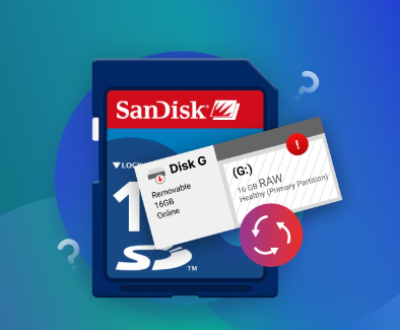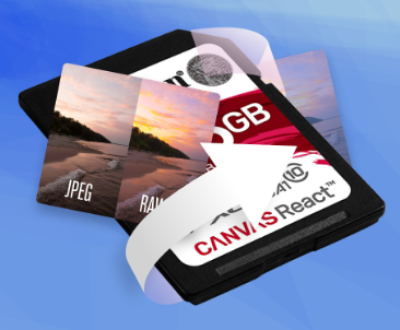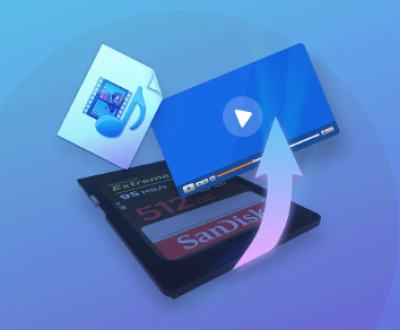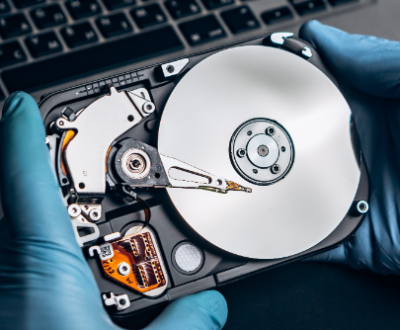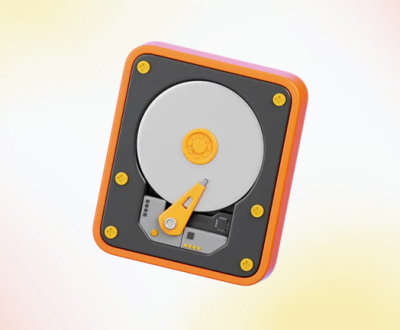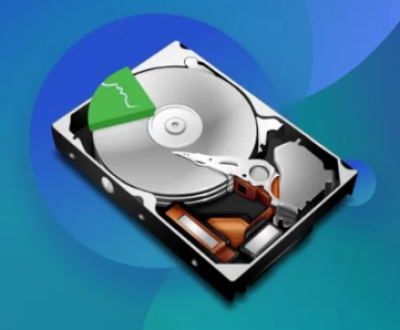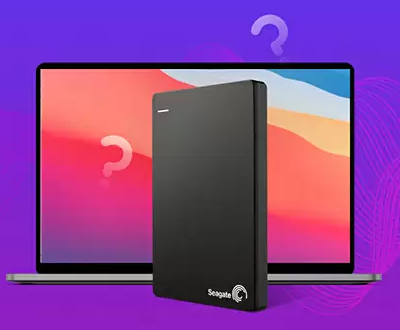1. SD Card Write Protection
One of the most common reasons you can’t delete photos from your SD card is that the card itself is write-protected. Many SD cards have a physical switch on the side that locks the card to prevent accidental data loss or alteration.
Solution:
Check the side of your SD card for a small switch.
If the switch is in the “Lock” position, slide it to the “Unlock” position and try again to delete the photos.

2. SD Card Is Full
If your SD card is almost full or out of storage space, it may not allow you to delete any more files.
Solution:
Check the available storage on your SD card by inserting it into your computer and checking the properties or capacity.
If the card is full, move some files to your computer and free up space.
3. Read-Only Mode on the Device
Some devices, like cameras, smartphones, or tablets, may put the SD card in read-only mode due to settings or issues with the device. This would prevent you from deleting or modifying the photos.
Solution:
Try inserting the SD card into a computer and checking if you can delete the photos.
If you can delete photos on a computer but not on your device, check your device’s settings for options that might restrict writing or modifying files.
4. Corrupted SD Card
If the SD card itself is corrupted, it might not allow you to delete or modify any of the files on it. Corruption can happen due to improper ejection of the card, exposure to physical damage, or sudden power loss during writing to the card.
Solution:
Run a disk check on the card: You can check the SD card for errors using the “chkdsk” tool (on Windows) or “Disk Utility” (on macOS).
Windows: Right-click the SD card in File Explorer, select “Properties,” then go to the “Tools” tab and click on “Check.”
macOS: Use Disk Utility to repair the SD card.
Use SD Card Recovery Software: If the file system is corrupted, you might need to use software tools like Panda Data Recovery or other data recovery programs to recover or fix the corrupted card.
5. Files Are In Use
Another reason you might not be able to delete photos is that they are currently in use by an application or process on your device.
Solution:
Make sure no application (including photo viewers, editing tools, or backup software) is using the files you want to delete.
Close all applications that might be accessing the photos and try deleting them again.
6. Incompatible File System
SD cards are typically formatted with a file system like FAT32. exFAT, or NTFS. If the SD card is formatted with a file system that’s not supported by your device or operating system, you may be unable to delete files properly.
Solution:
Check the format of your SD card by right-clicking it on your computer and selecting “Properties.” If it’s not formatted in a compatible file system, you can reformat the card to a more commonly used format, such as exFAT or FAT32.
Be aware that reformatting will erase all data on the card, so back up any important files before proceeding.
7. File System Errors or Corrupt Files
Even if the SD card itself isn’t fully corrupted, specific files can become corrupt and prevent deletion.
Solution:
Delete Corrupted Files: Try using a file recovery or repair tool to remove corrupted files. In some cases, specialized software can delete or fix files that standard methods can’t.
Use a Different File Manager: If you’re using a specific app or device to manage the SD card, try using a different app or file manager to delete the files.
8. SD Card Is Mounted or In Use
If the SD card is being accessed or used by another device, such as a computer or camera, you may not be able to delete the files until the card is unmounted or safely removed from the device.
Solution:
Make sure to eject or unmount the SD card safely from the device you’re using.
If you’re using a computer, ensure the SD card is not being accessed by any background programs or processes. Check Task Manager (on Windows) or Activity Monitor (on macOS) for any apps that may be using the card.
9. Hardware or Physical Damage
Sometimes, physical damage to the SD card can make it impossible to delete files. This can occur from dropping the card, exposure to water, or long-term wear and tear.
Solution:
Check for any visible damage to the SD card, such as cracks or bent pins. If the card is physically damaged, it may be impossible to recover data from it without professional help.
Consider replacing the SD card if it’s damaged beyond repair.
10. Software or Firmware Issues on Your Device
Some software or firmware issues on the device using the SD card may prevent file deletion. For example, outdated camera or phone firmware can sometimes prevent proper interaction with an SD card.
Solution:
Update the firmware: Ensure that your device’s firmware is up-to-date, especially if you’re using a camera or smartphone. Manufacturers often release updates to fix bugs and improve compatibility.
Use a Different Device: If your current device is having issues, try inserting the SD card into a different device to see if you can delete the photos there.
11. Virus or Malware
A virus or malware infection on your SD card could also cause problems with file deletion. Some malicious software might lock files or prevent you from modifying them.
Solution:
Run a virus scan: Use antivirus software on your computer to check the SD card for any potential infections.
If the virus prevents you from deleting files, you may need to use specialized tools to clean the SD card.
12. Overuse or Aging of the SD Card
Like any piece of technology, SD cards can degrade over time. Flash memory wears out after a certain number of write and erase cycles, which can lead to performance issues, including problems with file deletion.
Solution:
If your SD card is old or has been heavily used, consider replacing it. You can also use software to monitor the health of your SD card.
13. Incompatibility with Operating System
Sometimes, the operating system you’re using may not be fully compatible with the SD card format. For example, a newer SD card may not be fully compatible with older operating systems or devices.
Solution:
Ensure that your computer or device supports the type of SD card you are using (e.g., SDHC, SDXC).
If you are using an old operating system, consider upgrading to a newer version.
14. Use Diskpart (Windows) or Disk Utility (Mac)
If you still can’t delete photos, you may need to use advanced disk management tools.
Solution:
Windows: Open Command Prompt and type diskpart, then use the list disk and select disk commands to select your SD card. You can then use the clean command to erase all partitions and data on the card (warning: this will erase all data).
Mac: Use Disk Utility to erase the SD card completely and reformat it.
About us and this blog
Panda Assistant is built on the latest data recovery algorithms, ensuring that no file is too damaged, too lost, or too corrupted to be recovered.
Request a free quote
We believe that data recovery shouldn’t be a daunting task. That’s why we’ve designed Panda Assistant to be as easy to use as it is powerful. With a few clicks, you can initiate a scan, preview recoverable files, and restore your data all within a matter of minutes.
Subscribe to our newsletter!
More from our blog
See all postsRecent Posts
- How to recover deleted files in sd memory card 2025-07-15
- How to recover lost photos from sd card 2025-07-15
- How do you recover deleted files from sd card 2025-07-15

 Try lt Free
Try lt Free Recovery success rate of up to
Recovery success rate of up to

